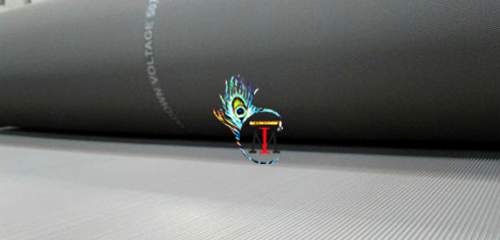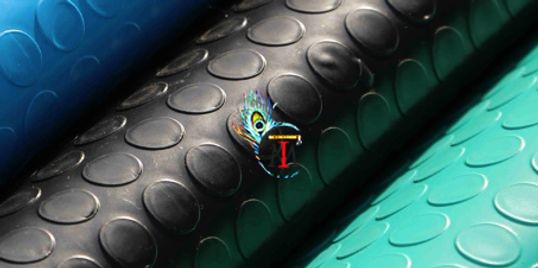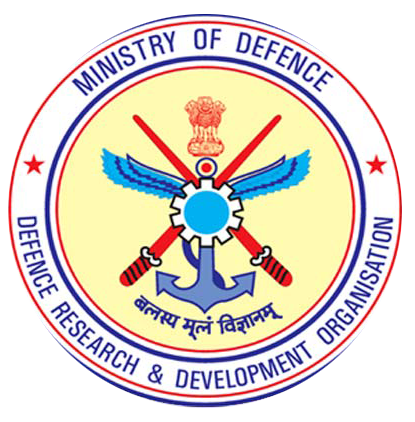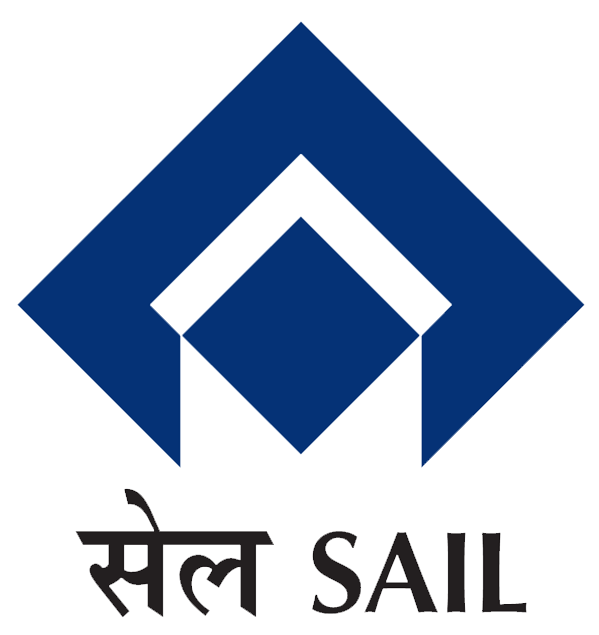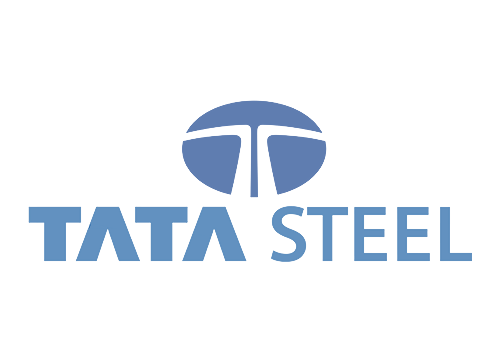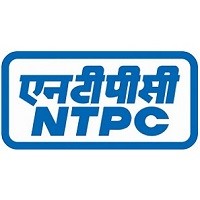ASTM-D-178 Insulating Mats
We deliver rubber insulating mattings that are designed according to the ASTM-D-178 Standard. This standard is set by the American Society for Testing and Materials. The ASTM-D-178 Standard endorses a thickness of 3.2mm to 12.7mm for these particular mattings. It depends upon the smooth lower surface with the usage/working voltage resistance & antiskid textured surface on the top. Such safety rubber mattings (Type-1 Grade) are moisture, water & leakage proof that guarantee a long functional (work) life. A Type-2 Grade Insulating Mat contains certain additional properties such as Flame & Ozone resistance.


